General Dentistry
FAQs
> Dental Implants
What are dental Implants?
Since dental implants were first developed in the 1950s and 1960s, they have been perfected as an ideal way to resolve issues with missing teeth. When a patient has enough healthy bone tissue, an implant can become a permanent part of the mouth through a process called osseointegration. Explore the benefits of choosing dental implants as your tooth replacement solution.
Why should I replace missing teeth?
Missing teeth present a number of challenges for patients, both in terms of aesthetic appearance and daily function. Clearly, it's no fun smiling, talking, laughing, and taking pictures in public when you have a large gap in your smile. The open socket also puts you at a higher risk of developing gum infections and can become a trap for large pieces of food. When there is a gap in the smile, the other teeth may start to shift position, causing orthodontic concerns. For these reasons and more, you should consider permanent tooth replacement treatment.
Are dental impants right for me?
Although some patients settle on dentures and other less permanent solutions for missing teeth, many others prefer the permanence of dental implants. If a dental X-ray shows that you have a certain amount of healthy bone where the missing tooth used to be, a dental implant should be your first choice. Here are a few benefits to think about:
- You won't have to remove this dental device to clean it. Just brush and floss around it and all of your other teeth.
- Once it is fully healed, you can chew even the toughest foods (like steak) with a dental implant without feeling as if it might come out.
- Dental implants have a high success rate and commonly last for up to 15 years before a new crown is needed.
> Teeth Whitening
How long until my teeth are whitened?
A single one-hour treatment in the office can make your teeth up to ten shades lighter — a big difference! To get that same lightening with at-home trays, it would take several days.
Can all my teeth be whitened?
Some teeth have intrinsic (internal) stains that aren't affected by external agents like bleach. Also, teeth that have been restored (with bonding or veneers, for example) generally won't change color. And you can't necessarily whiten your teeth to any degree: Every tooth has a maximum whiteness, and adding more bleach won't lighten it beyond that level. Most people, however, find that teeth whitening treatments produce noticeable and pleasing results.
What about those off-the-shelf kits or in-the-mall kiosks?
They might work… or they might not. But one thing's for sure: Without a dentist's supervision, you're on your own. That's the main reason why you should go with a pro if you're considering teeth whitening. We not only ensure that your treatment is safe — we can also give you a realistic idea of what results to expect, and we will make sure that other dental problems aren't keeping you from having a great-looking smile.
What is an Opalescence Boost?
Opalescence Boost in-office power whitener is a chemically activated gel that provides brighter, whiter teeth after about an hour in the dental chair. The powerful 40% hydrogen peroxide gel is chemically activated, so it doesn’t require a hot, uncomfortable light to work. Using the unique double-syringe configuration, the clinician activates the 40% hydrogen peroxide formula just prior to application, ensuring every dose of Opalescence Boost whitening is fresh and effective. To learn more, click here.
> TMJ Therapy
What is TMD?
TMD is an umbrella term for disorders affecting the TMJ, or temporomandibular (jaw) joints, muscles and adjoining tissues. The most common symptoms are limited jaw function and severe pain. Determining the causes for these disorders can be difficult, but trauma, bite or dental problems, stress and teeth clenching habits seem to be the top factors. Women of childbearing age are most susceptible to these disorders.
What foods can I eat with TMJ?
- Fruits and Vegetables. You should peel any fruits or vegetables with hard or chewy skin like apples, peaches, or cucumbers. Try chopping or pureeing fruits and vegetables you can eat raw to reduce their size and make them easier to chew. Vegetables like carrots, potatoes, broccoli, or cauliflower can be cooked, then chopped or mashed.
- Legumes and nuts. Pod-based vegetables like beans or peas provide a number of nutritional elements, as do nuts with their healthy fats. Your motto with these foods should be "Not too large and not too hard." Be sure then to cook, mash or puree legumes that are larger than a pea. With nuts, try nut butters for a softer serving than eating them out of the shell.
- Protein and Dairy. Any meats like poultry or beef should be cut into bite-sized pieces; you can also moisten them with broths, gravies or sauces for easier chewing, or braise or stew them in liquid to tenderize them. You can also consume most milk, yogurt, or cheese products you can tolerate. If you can't, try alternatives like meal replacement or whey protein beverages.
- Grains. Prepare grains by cooking them until they're softened. Hot cereals like oatmeal offer a lot of nutrition and they're relatively easy to eat. Toast your bread and cut the slice into smaller pieces to minimize jaw movement.
How else can I relieve TMD?
Try the following tips to alleviate TMD pain:
- Eat soft foods so you do not aggravate the jaw joint.
- Avoid extreme jaw movements like suddenly opening your mouth very wide.
- Use ice packs and moist heat to relieve discomfort.
- Ask us about jaw exercises to stretch and relax the jaw.
- Practice stress-reduction techniques, such as meditation, yoga, tai chi, or taking short walks to clear your mind.
